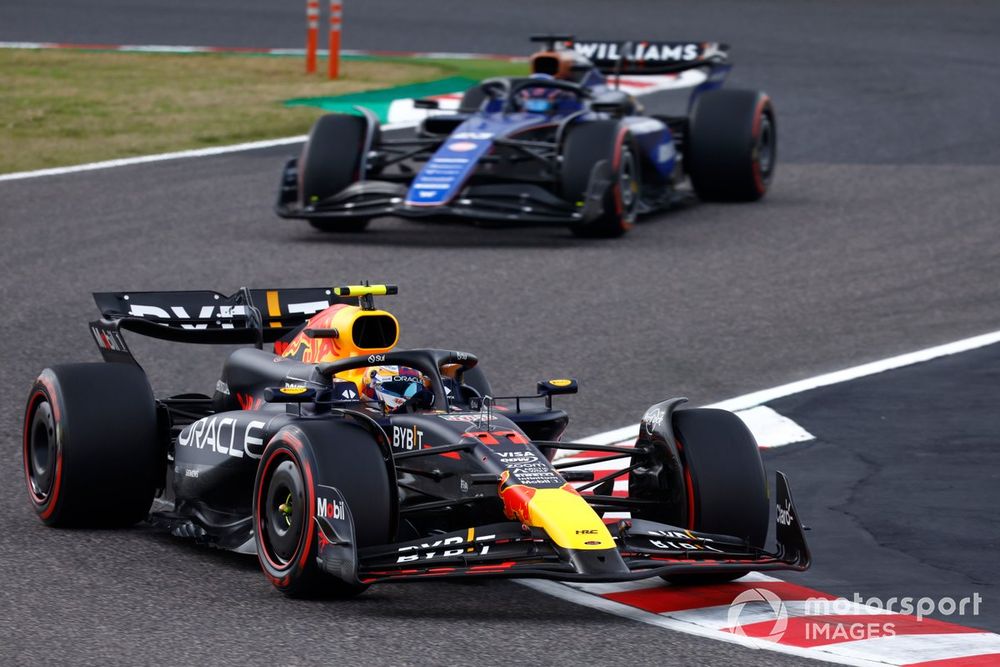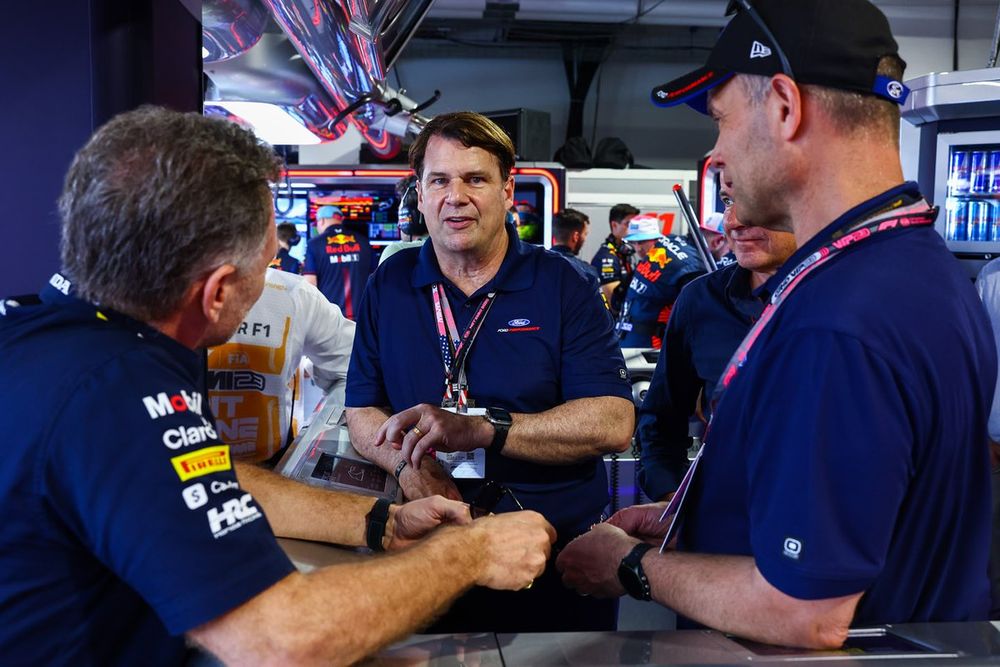Albon was hailed as one of the stand-out performers of last season, scoring all but one of Williams’ 28 points to drag it up to seventh in the constructors’ standings.
With over half the grid out of contract for 2025, that made the 28-year-old an enticing prospect for any top team looking to make a change. Albon was still under contract for next year, but never totally ruled out the possibility of leaving early, and team boss James Vowles likewise left the door open for a deal to be done, albeit at a price.
That Albon has now committed to Williams with what has been named a multi-year contract seems a huge coup for the Grove-based team. It is keeping hold of its most prized asset for a few more years as Vowles and right-hand man Pat Fry undertake a top-to-bottom rebuild of the squad’s outdated facilities and inefficient workflows.
Vowles has been open to the world about the mountain of work that needs to be completed to turn its fortunes around, and 2024 has provided more reminders of the painful journey ahead.
Logan Sargeant was forced to sit out the Australian Grand Prix following Albon’s practice shunt, because the team didn’t have a spare chassis ready, the result of a heavily delayed production cycle for its new cars. Subsequent of incidents — not all of its own making — further depleted the team’s spare parts pool, meaning even more resources had to be redirected from bringing upgrades to the race track.
That meant that Williams hasn’t been able to bring out its car’s true potential in the first few races. And now its early-season woes appear in the rear-view mirror, the reality is it is still on the back foot bringing performance to the FW46 while its fellow midfield teams are all busy collecting points.
The FW46 is a better all-round package than its predecessor but doesn’t have the low-downforce peaks that allowed Albon to score big on suitable circuits, which is ironically making it harder to score anywhere at all.

Albon has committed his future to Williams despite a lack of results in 2024 to date
Photo by: Motorsport Images
These are the growing pains of a previously underfunded team needing a drastic overhaul, some of which has already been delivered, and some which will take more time.
Albon has always maintained he needed to see the team progress to commit his future to it, and he says he’s seeing those signs behind the scenes even if on-track success might still be years away.
«You can see James has really put a big effort in really moving the team forwards and trying to get the team back on to a level where we should be fighting for,» Albon said in Miami.
«At the minute, we’re not quite there and the changes that we’re making to be in a strong position to become one of those teams is a huge task. I have a lot of confidence in James to know that he’s making the right decisions, and it’s the right way to go about it.»
But talk is cheap, and the best way to place a huge vote of confidence in Vowles is by extending his contract, which Albon has now done.
At 28 it is a crucial decision for Albon as he approaches key crossroads in his career and eyes a second shot at a top seat, having been thrown to the lions at Red Bull after half a season at Toro Rosso.
«I feel like I’m very close to my peak,» Albon said on the eve of the 2024 season. «With my experience now and where I am, I feel like I am deserving of a car that can score podiums and fight for wins. And that’s just being totally honest with how I see myself.»
His Williams renewal therefore appears to be a sign that Albon still has the faith that Williams could become that team, but it might also be a pragmatic case of biding his time.

Perez appears relatively secure in his Red Bull seat, with options diminishing for Albon to move up the grid
Photo by: Sam Bloxham / Motorsport Images
At the start of the year there was lingering uncertainty over Sergio Perez’s second Red Bull seat, while Lewis Hamilton’s shock move to Ferrari also left Mercedes looking for a replacement. Albon was linked to both seats, with Red Bull known to have made a first-option bid on Albon’s services for 2026.
Autosport understands, however, that Albon was never under serious consideration at Mercedes. In a holding pattern over any availability of Max Verstappen, it is pressing ahead with preparing its 17-year-old protege Andrea Kimi Antonelli for a seat in 2025, provided the Italian will be ready.
Perez’s recent uptick in form has also eased off some of the pressure on his future, and while Red Bull waits to see if the Mexican can maintain his performance level, the Milton Keynes squad has held talks with Ferrari refugee Carlos Sainz in case it does wish to make a change.
Moving down the list, there weren’t that many other seats available for Albon to slot into either. Ferrari and McLaren are settled for 2026, while Aston Martin is also not expected to make a change to its line-up after Fernando Alonso re-signed.
Audi has openly targeted Sainz for its seat alongside Nico Hulkenberg, while any other teams, such as Alpine and Haas, don’t appear to be a big upgrade over sticking with Williams and seeing what Vowles can achieve.
Furthermore, the term «multi-year» deal is often a red flag for all sorts of options and exit clauses, and with there being a belief in the paddock that Albon could be freed up again for the start of the 2027 season, by which time he will be 31, he might yet get a second chance at a top seat if Williams doesn’t deliver on its promise of progress.
So, much like Alonso’s new deal at Aston Martin wasn’t made out of an embarrassment of riches, perhaps Albon’s commitment to Williams is also more pragmatic than it may seem at first.
Watch: A Defining Race for the Season? — Emilia Romagna Grand Prix Preview












